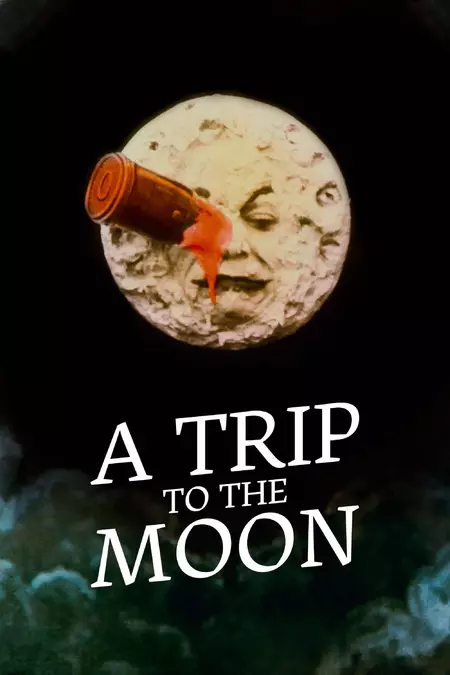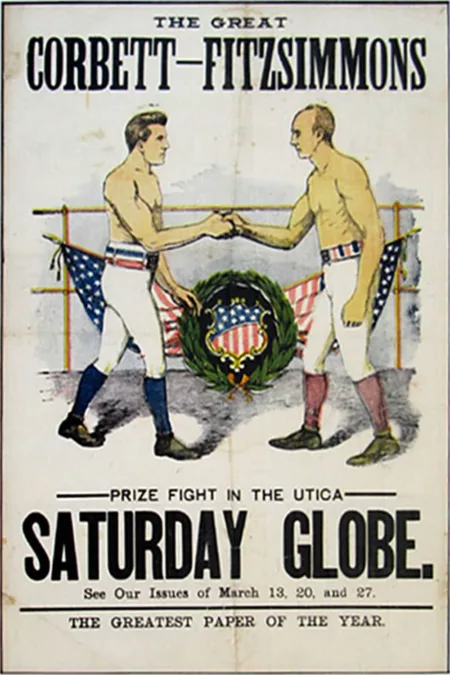The Corbett-Fitzsimmons Fight (1897)
January 1, 1897Release Date
The Corbett-Fitzsimmons Fight (1897)
January 1, 1897Release Date
Plot.
Where to Watch.
 Free
FreeCurrently The Corbett-Fitzsimmons Fight is available for streaming online, rent, buy or watch for free on: Public Domain Movies
Streaming in:🇺🇸 United States

Cast & Crew.
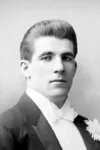
James J. Corbett
Himself
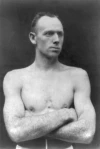
Bob Fitzsimmons
Himself

Billy Madden
Himself - Sullivan's Manager

George Siler
Himself - Referee
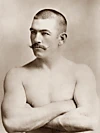
John L. Sullivan
Himself - Master of Ceremonies

Enoch J. Rector
Director
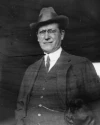
William A. Brady
Producer
Details.
This Movie Is About.
Wiki.
The Corbett–Fitzsimmons Fight is an 1897 documentary film directed by Enoch J. Rector depicting the 1897 boxing match between James J. Corbett and Bob Fitzsimmons in Carson City, Nevada on St. Patrick's Day. Originally running for more than 100 minutes, it was the longest film released to date; as such, it was the world's first feature film.
The technology that allowed this is known as the Latham loop. Rector claimed to have invented the device, but its invention is disputed. He used three such equipped cameras placed adjacently and filming on 63mm nitrate film. Only fragments of the film survive. The known fragments were transferred in the 1980s from a print owned by Jean A. LeRoy of New York City, the transfer done on a specially built optical printer to convert the film to 35mm film. The film was also the first to be shot in widescreen, with an aspect ratio of about 1.65:1. According to Dan Streible, The Corbett–Fitzsimmons Fight is "one of the earliest individual productions to sustain public commentary on the cinema." The film is so important to film history that Luke McKernan declared, "it was boxing that created the cinema."
As noted by Seth Abraham, the president of Time Warner Sports, it was the first motion picture to ever depict the championship prizefight. Its nationwide screenings can be regarded as the first pay-per-view media event in boxing history, for the fight produced more income in box office than in live gate receipts, it was immensely profitable and the picture served as a long-standing model for future amusement entrepreneurs. Prizefighting was illegal in 21 states and many cities and states tried to ban the film, but their efforts to ban fight films were mostly unsuccessful.
In 2012, the film was added to the National Film Registry at the Library of Congress as a "culturally, historically, or aesthetically significant film".
You May Also Like.

Interstellar (2014)
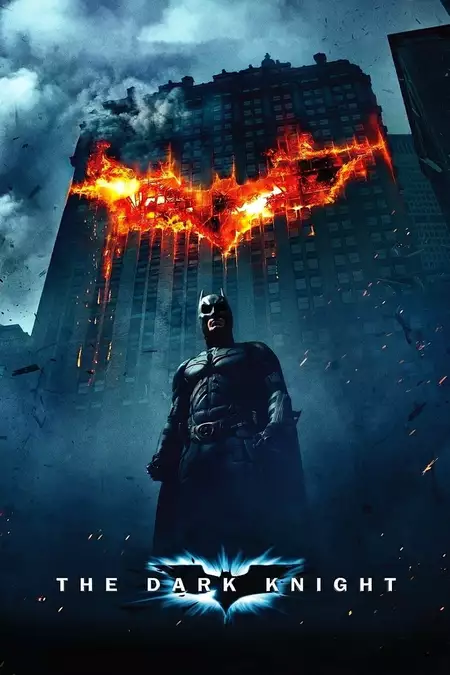
The Dark Knight (2008)
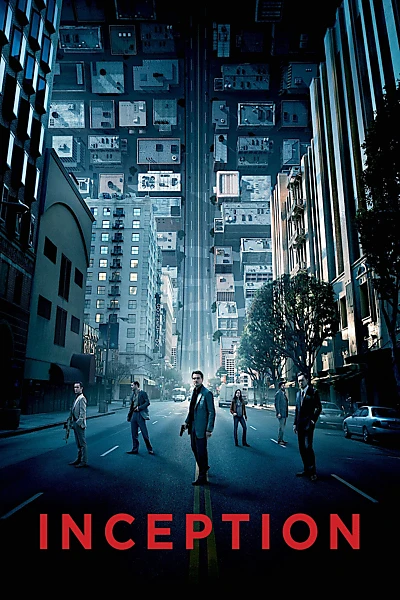
Inception (2010)

Fifty Shades of Grey (2015)
Avatar (2009)
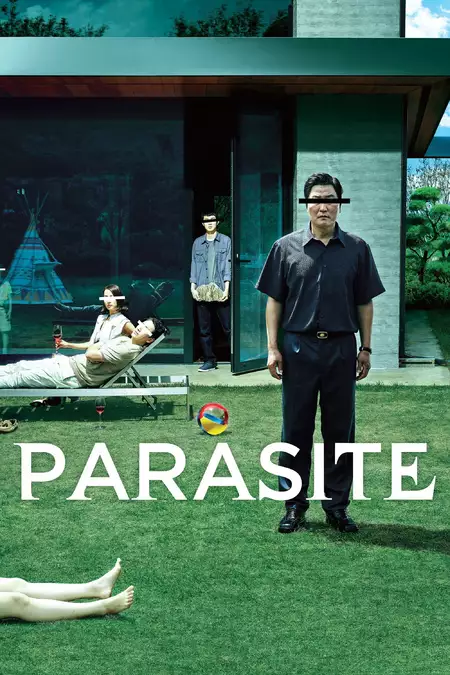
Parasite (2019)
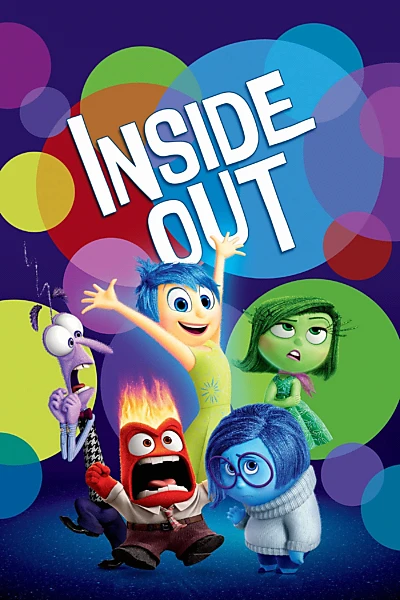
Inside Out (2015)
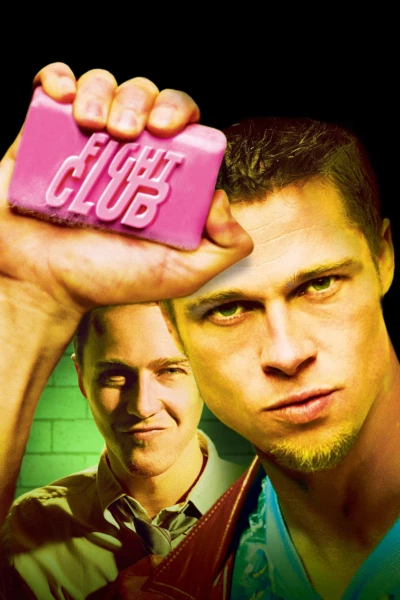
Fight Club (1999)
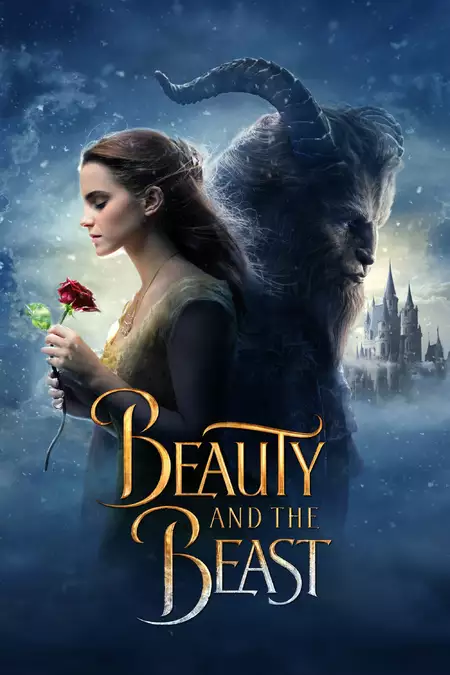
Beauty and the Beast (2017)
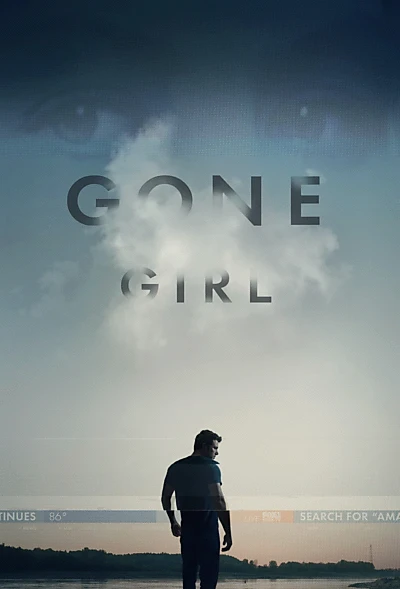
Gone Girl (2014)
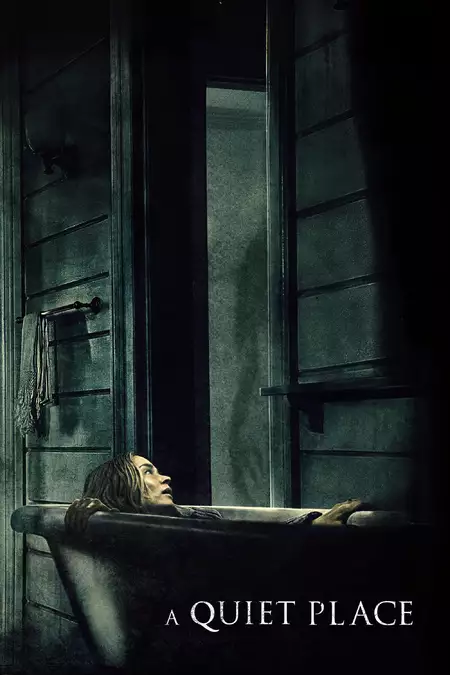
A Quiet Place (2018)
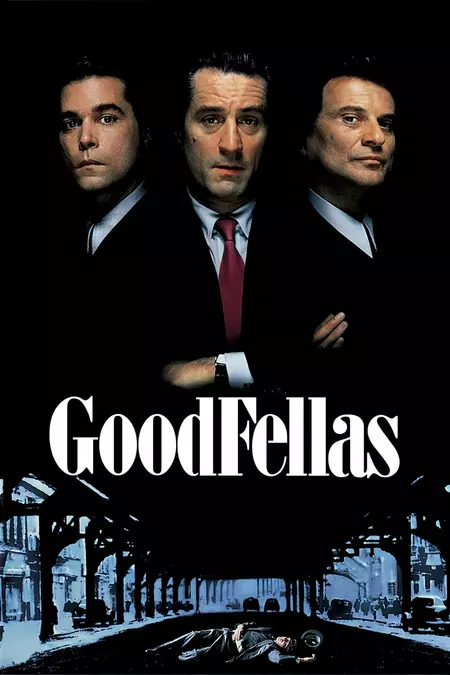
GoodFellas (1990)
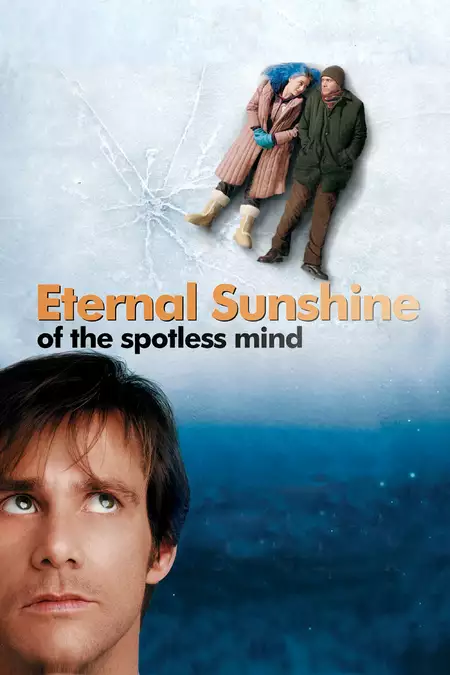
Eternal Sunshine of the Spotless Mind (2004)
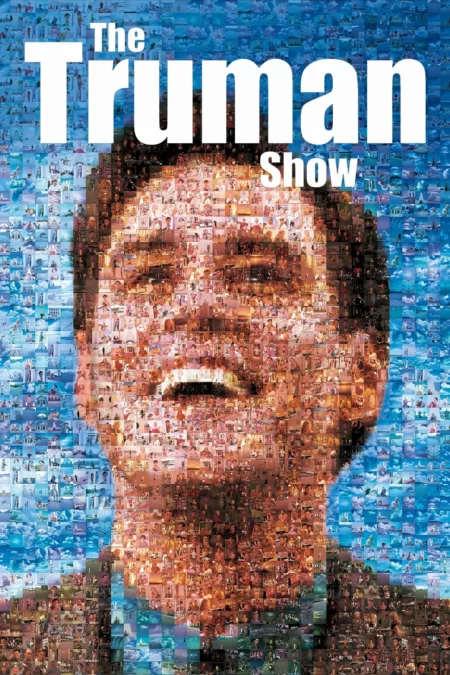
The Truman Show (1998)
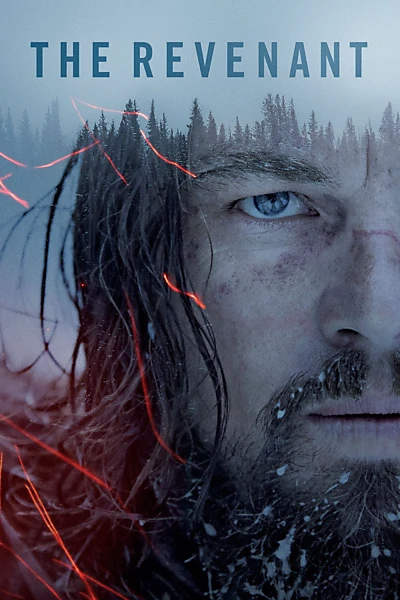
The Revenant (2015)

Pride & Prejudice (2005)
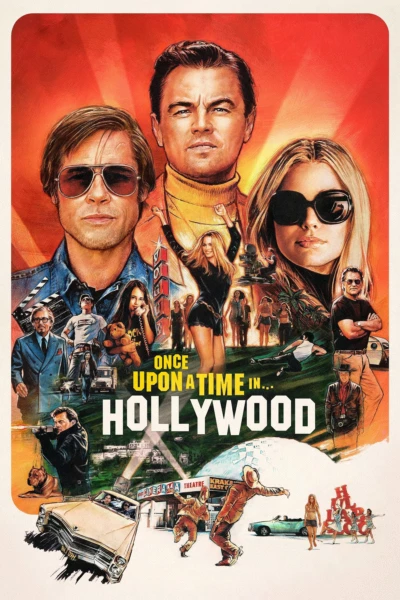
Once Upon a Time... in Hollywood (2019)
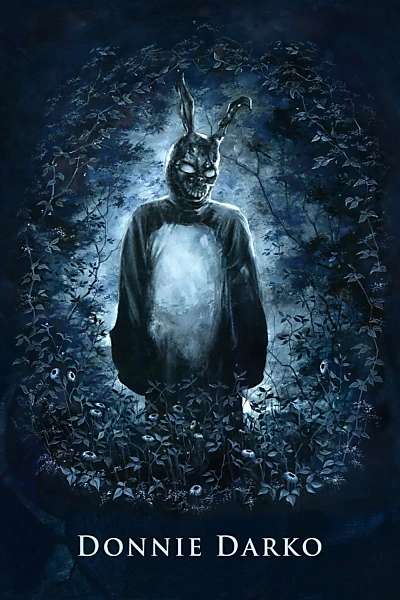
Donnie Darko (2001)
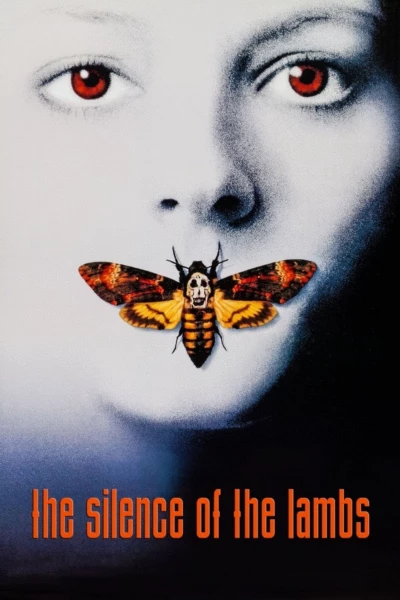
The Silence of the Lambs (1991)
